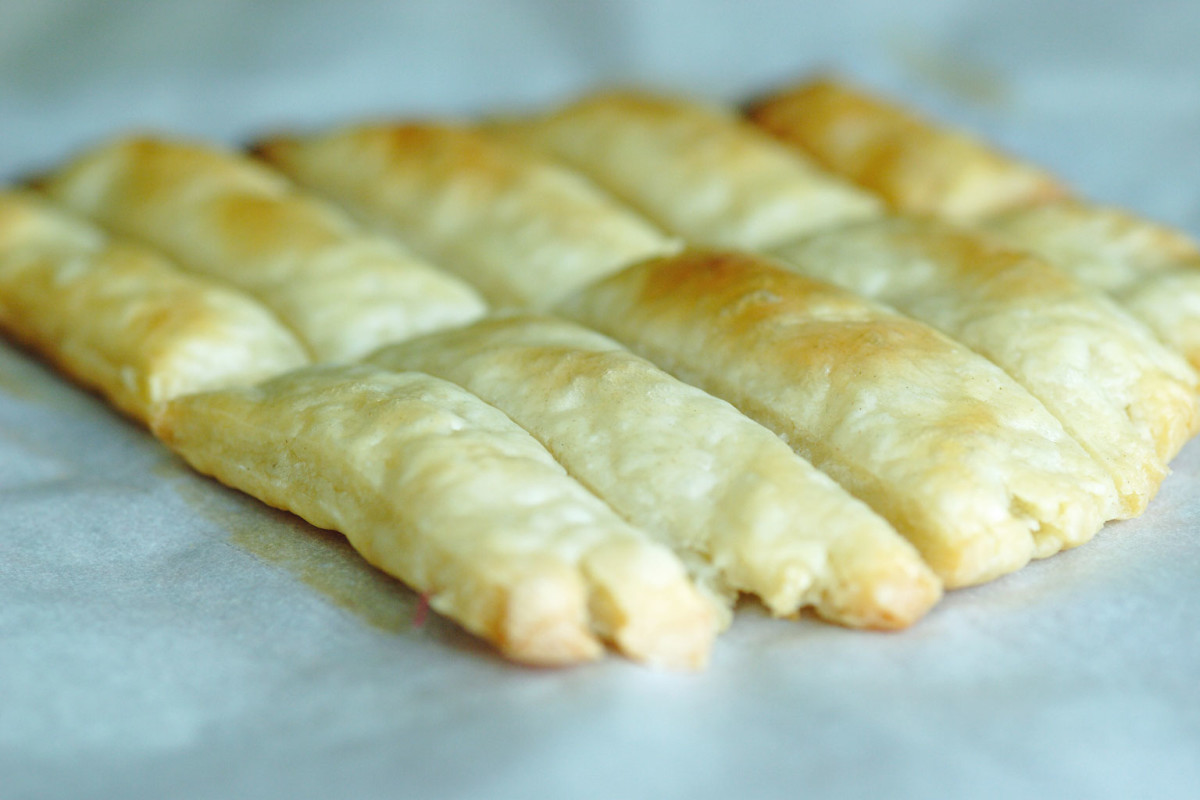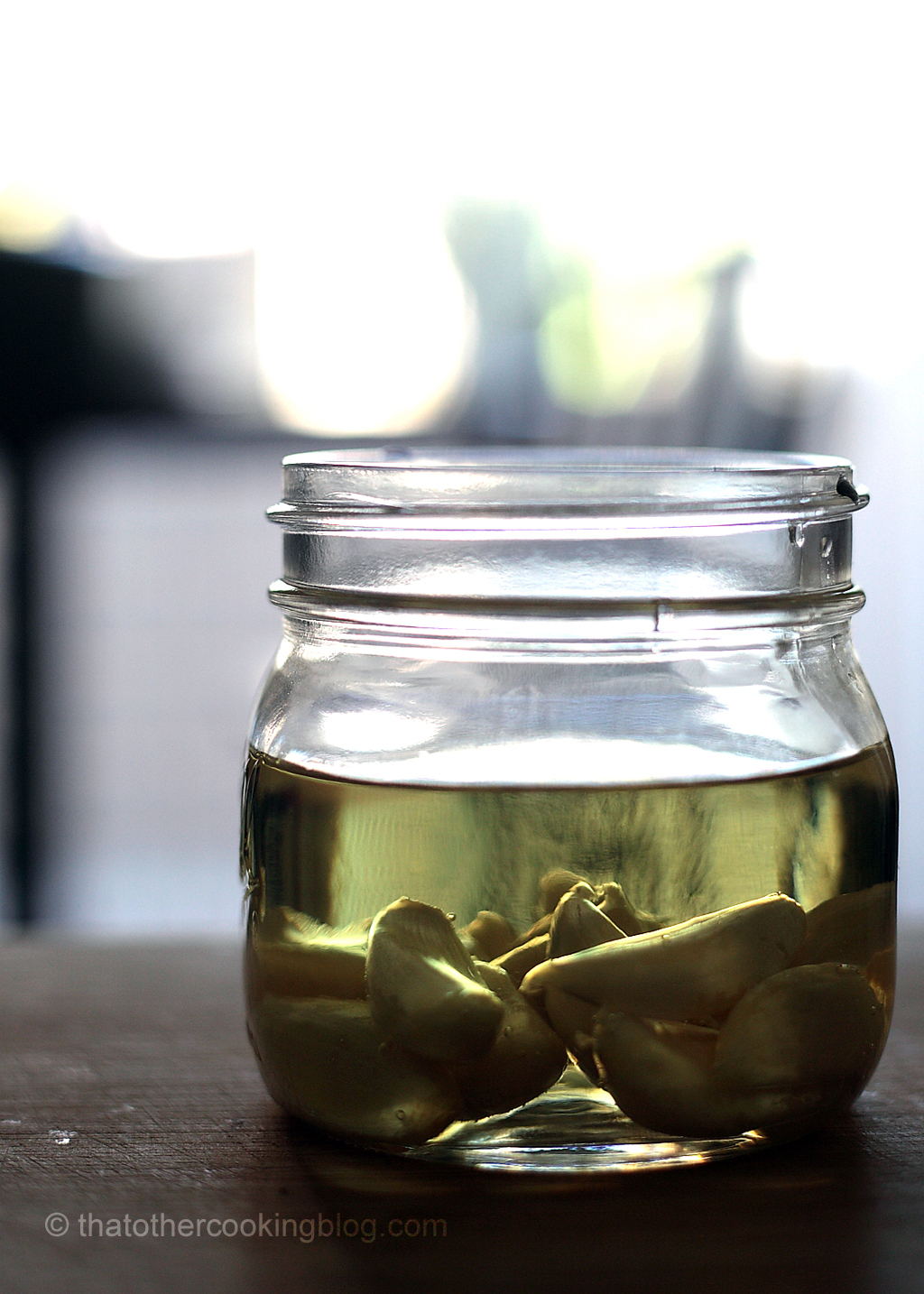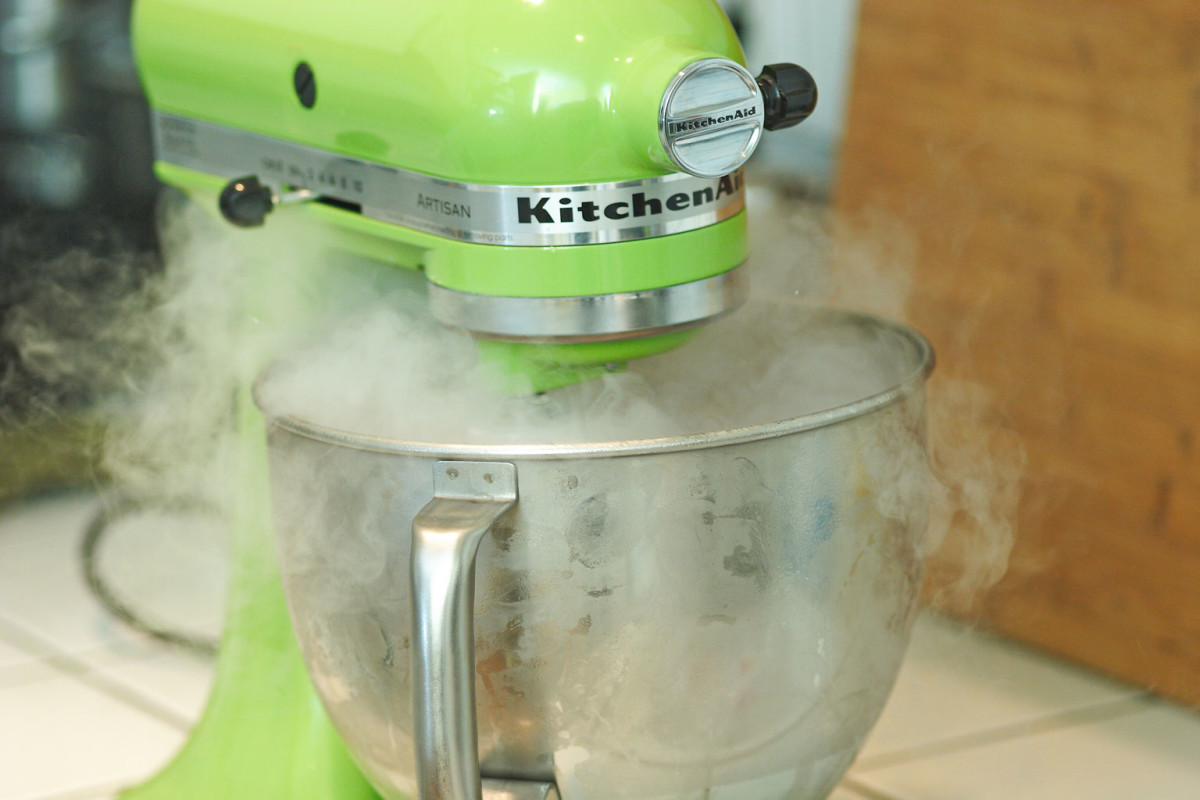These are things I’ve tried to put into practice in order to work faster in the kitchen:
1. prep before starting (mise en place)
Cutting all the ingredients ahead of time, prepping herbs sachets, portioning birds, meats, peeling fruit, anything thats basically prep work and can be done ahead of time, measuring of ingredients, sharpening of knifes, if containers, bowls, cups, measuring tools that are needed need to be ready. If recipe is needed, have it on display easily accessible (i usually have it on my phone, which sometimes sucks, too small, and my hands are dirty)
2. clean as you go.
I’m sure I’m not alone here. Keeping space and tools clean. Keeping the sink clear is key. Counter space clear. Knifes rinsed and ready for the next task. Be careful when using kitchen towels, they stay moist and can easily cross contaminate food. When not sure, wipe using paper towels.
Cutting all the ingredients ahead of time, prepping herbs sachets, portioning birds, meats, peeling fruit, anything thats basically prep work and can be done ahead of time, measuring of ingredients, sharpening of knifes, if containers, bowls, cups, measuring tools that are needed need to be ready. If recipe is needed, have it on display easily accessible (i usually have it on my phone, which sometimes sucks, too small, and my hands are dirty)
3. par cook if possible
Par cooking, basically, cooking in advance but not too final doneness, many things can be cooked that way to cut final cooking time. Specially if using an immersion circulator. For example a tough cut of meat can be cooked to the desired level of doneness, hours of slow cooking, stored in the fridge, brought back to doneness temperature and then finish off with a blow torch before serving, always observing the proper food safety guidelines of course. Rice, legumes can all be par cooked, sometimes it actually yields better flavor that way. If a stew requires 3 hours to cook, it could be cooked it in stages, 2 hours the day before serving, one hour on the serving day, stews that are store in the fridge over a few days develop more complex flavors anyways.
4. pressure cooker
Cut cooking time down by half or more. Not always desirable. The higher cooking temperatures inside a pressure cooker will have an effect on flavor, so really depends on what’s being cooked in it. Tough cuts of meat, making stock, extracting the flavor out of vegetables, softening legumes, etc.
5. microwave
Dehydrating certain fruits and vegetables to intensify flavor, heating smaller amounts of water/dairy, softening butter, melting butter, steam cooking anything, crisping up bacon, quick egg dishes, cooking whole potatoes, frying herbs, etc…
6. soak over night
Most legumes can be soaked over night, not all need it, but the ones that do will cook much faster the next day. Dry pasta can also be soaked overnight and be a lot quicker to cook when needed.
7. warm up oven before starting
Takes a good 30 minutes to have a fully heated oven (longer than what the oven says it takes) In 30 minutes, a dish can be prepared and go right into a nicely hot oven, no wait.
8. knife skills
The faster the better, dont cut a finger though.
9. freeze what I might need in convenient portions
Stocks, herbs frozen in ice cube trays, tomato paste, portioned meats, if things are pre measured, they can be dropped straight into a pot of boiling water, or a pressure cooker, or into a sous vide bath.
10. When possible try to keep one hand dry and clean
Might seem silly, but whenever possible I try to keep one hand dry and clean, usually the knife hand. Reduces the amount of trips to the sink by a lot!
One last thing to mention, and probably the most important concept I’ve learned in cooking.
Surface Area
And not the counter top area but the food surface area. Controls cooking times, flavor development time, drying, evaporation, useful in reduction of sauces, softening potatoes for a puree, softening butter, dehydrating food, basically, the more area of the food that is exposed to heat, the easier a time heat will have to do its job. From gelatinizing starches, breaking down cell walls, vaporizing water, etc. Boiling water for example, the same amount, 2 different pots, the one with the wider bottom will boil first. Huge huge time saver to say the least. Many cooking techniques rely on this one.
Wanna get more sous-vide cooking guides and cool cooking how-to’s in your mailbox? You know what needs to be done!
We never spam. You should only be getting updates when new content is posted on the site. We also respect your privacy. We don’t share your email address with anyone and you can unsubscribe anytime!



